Equipment
Staff Picks of the Best New Photo and Video Products of 2019
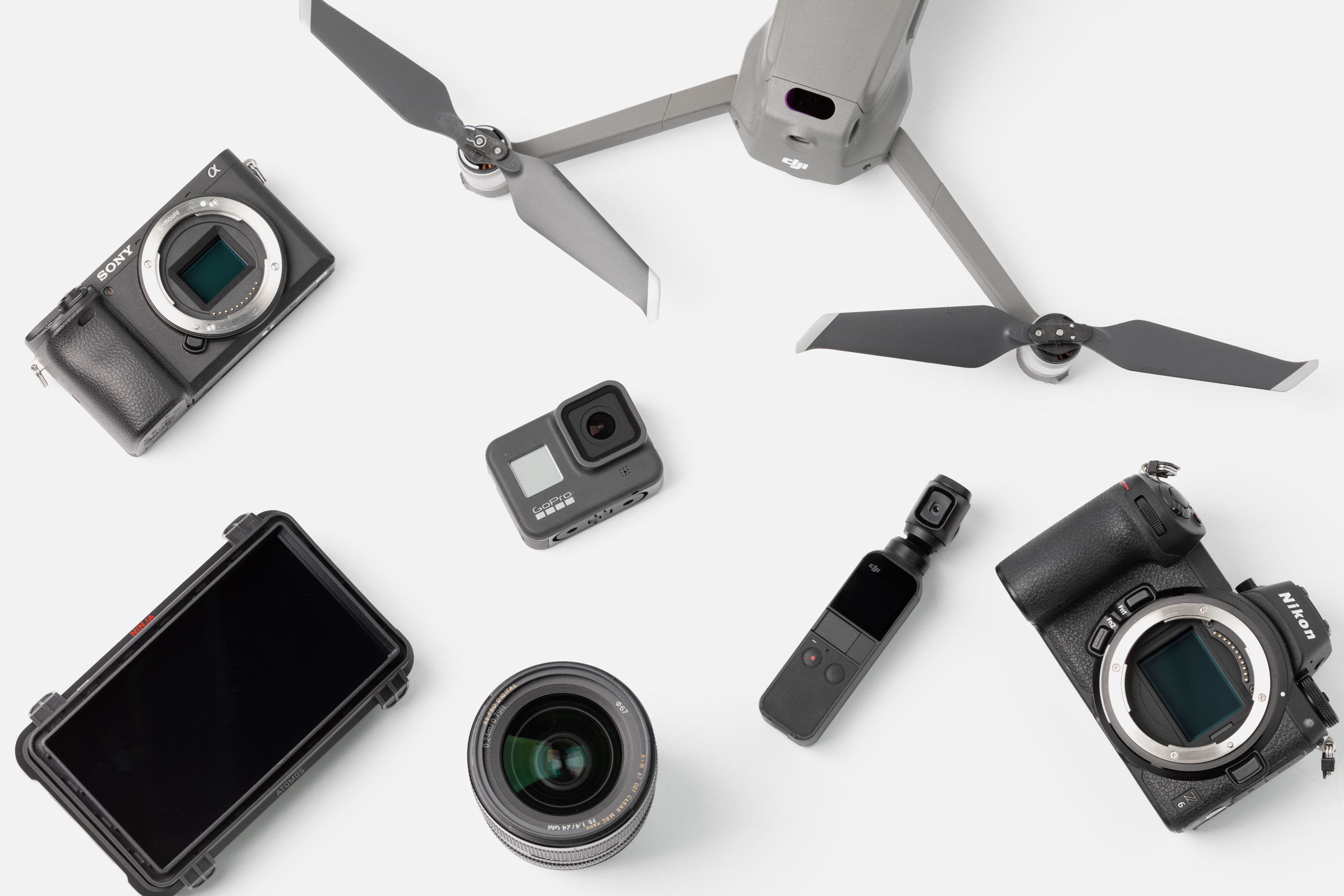
Last week, we shared some of our end of the year data for 2019, highlighting some of the many trends that are taking place in the photo and video industries. While I recommend you to look through the data presented in that article, some of the trends we saw were that the staple focal lenses (24-70mm, 50mm, 70-200mm) are still as popular as ever despite some of them being over 10 years old by design. We also saw that the trend to mirrorless continues, as both Canon and Nikon adapt to the platform, and race to catch up to Sony with their lens options.
But trends don’t always equate to the best products. Sometimes new products don’t get marketed well, and are underdogs that are left with limited sales numbers or just not enough attention. So as an annual tradition, along with posting the hottest products within the calendar year, we also ask various members of the Lensrentals.com staff what their favorite new product of the year was. But first, let’s quickly recap on the top rentals and top new products for 2019 —
Please note, this list includes our favorite gear that was released and announced in 2019. Many of us are still using and are extremely happy with products released in previous years, so we’ve limited this list to just the stuff from the past calendar year.
Staff Picks
 Joey Miller Joey Miller |
Fuji GFX 100The Fuji GFX 100 is, hands down, my favorite camera of the year, and it’s entirely because of the resolution. The megapixel wars are overrated, sure, but when they lead to something like this at a somewhat reasonable price point, with a line of affordable lenses and accessories, Fuji done good. The Fuji GFX 50S was already a great camera with great image quality, easy to use controls and menus, and some really great glass available, and to beef it up to 100MP and add the built-in vertical grip is just fantastic. Is it a little slow? Sure. But that’s the way of life in the medium format world, and it’s worth it. Canon RF 70-200 f/2.8L ISFinally, a mirrorless camera manufacturer puts out a 70-200 that’s actually compact like you want it to be, without sacrificing any image or build quality. This is the one to beat, and I hope Sony and Nikon and the rest of them take notice. This tiny giant of a lens is almost worth switching to Canon’s mirrorless system completely. Definitely my favorite mirrorless system lens of the year. Profoto B10 PlusProfoto had to one-up themselves and put out a more powerful version of their already great Profoto B10. This is exactly what I was looking for from them. I find the Profoto B1s to be too bulky for traveling with, and the Profoto B2s to be too cumbersome to deal with cords running to all the heads. The Profoto B10 is the Goldie Locks light, and the Plus gives a full 500Ws, making it the most versatile of the bunch. I’m glad I get to rent these for free as an employee here, otherwise I’d be broke buying them. |
 Roger Cicala Roger Cicala |
Sony FE 135mm f/1.8 GMThere were several outstanding lenses introduced this year, which made this a hard choice. I went with the Sony 135mm for a couple of reasons. First, it was THE highest resolving lens we tested; although in fairness it’s easier to make a sharp telephoto than a sharp wider lens. Second, it had a low variation, along with its superb resolution. This signifies that Sony’s manufacturing standards are catching up with their design standards; a very important thing. Finally, it did all this while maintaining a reasonable size, which is a bit unique this year. |
 Brennan McKissick Brennan McKissick |
Fuji X Pro3We added this one (very) late in 2019 but I’ve been looking forward to it since the rumors were going around. I always thought there was a lot of overlap in the X-T line and X Pro line from Fuji. They needed to do something to really differentiate them and I think removing the screen and expanding on what Leica did with the M-D is going to be a huge hit for people looking for a killer personal work camera, as polarizing as it is. DJI Osmo PocketUp until this camera came along, anyone that asked about a travel kit for video, I would just tell them that their phone was going to be their best bet for a compact kit. Enter the DJI Osmo Pocket. This camera brought fairly high-quality footage in an ultra-compact kit with a good battery life to the masses. DJI has a solid app for editing on the go. This camera allowed for great POV moments in customer’s work without being as obtrusive as their larger Osmo siblings. |
 Ryan Hill Ryan Hill |
Tentacle Sync EI recently read a book called “The Design of Everyday Things,” by Don Norman. It’s popular in product development and business circles because it connects human psychology and behavioral economics to product and system design. That’s a long way of saying that it’s a book that tells you that things should work for people, not the other way around. If I’m trying to operate a camera or change settings on a device, the user interface should be a help, not a hindrance. Don Norman would love the Tentacle Sync E. Unlike nearly every other Bluetooth device with a mobile interface I’ve ever used in my entire life, it just works. No digging into the Bluetooth settings on your phone. No looking up instructions in the manual. You just follow the clear, concise instructions in the app, and you’re up and running in no time at all. I also appreciate the little quality of life details like each Sync E coming from the factory with a unique and easy to remember name like “Fred” or “Ethel.” Short memorable names like that, as opposed to serial number-based device names like “SYNC-123456789” make it way easier and more pleasant to navigate a long list of connected devices. Hats off to the Tentacle Sync team for accomplishing a task I’d long assumed was impossible, designing a timecode generator that’s actually a pleasure to use. Alexa Mini LFThis one was a pretty easy call. It’s hard not to get excited about a new ARRI camera. Honestly, they could have released just about anything with “Alexa Mini” printed on the side and we would have carried it. Luckily, though, it’s much more than an incremental update. ARRI’s finally entered (or been reluctantly dragged into by Netflix and Amazon, depending on how you look at it) the world of native 4K acquisition. Sure, the Alexa 65 got there first, but that’s out of reach for nearly everyone but Emmanuel Lubezki. Now, finally, true UHD and DCI 4K are available in ARRI cameras that are actually attainable for most medium to large-scale productions. And, as if that wasn’t enough, it’s available on a large-format sensor. Like the original Alexa Mini, the Alexa Mini LF shares almost every feature of a camera that costs almost twice as much, the Alexa LF. The two cameras share the same large-format sensor, the same color science, the same available resolutions and codecs, the same newly-developed LPL mount (plus LPL to PL adapter), and nearly the same menu design. This generosity of feature sets between camera lines is something other manufacturers could stand to learn from, and it’s the main reason the original Alexa Mini, which seemed to be designed more like a B camera, has become a perfectly capable and popular A camera throughout the industry. The Alexa Mini LF seems poised to follow in those same footsteps. |
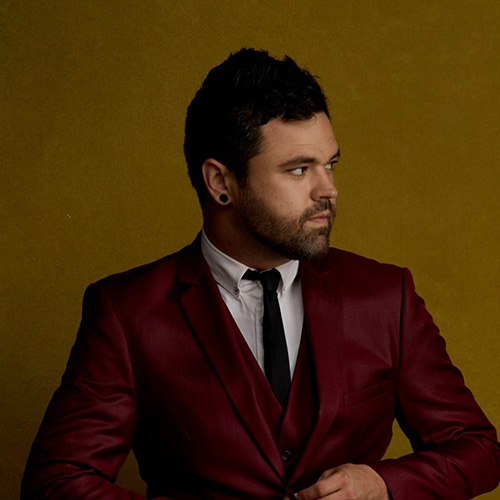 Zach Sutton Zach Sutton |
Canon RF 85mm f/1.2L DSRarely would I comment on a product based purely on speculation, and I never really thought I’d name a product I haven’t even used as my favorite product of the year. But the fact remains, this year has been a lot of the same for me. Same camera body, same lens as always, and the same lighting gear. But with the announcement of the Canon RF 85mm f/1.2L DS, I found myself looking at new gear again. Certainly, Canon’s RF 85mm f/1.2L is already exceptional, and the Canon RF 85mm f/1.2L DS appears to have everything I’d want, with a new feature called Defocus Smoothing. Essentially, this already presumed bokeh monster will have even softer out of focus elements through the use of a vapor-deposited coating. You can learn more about it here, but expect me to get my hands on one for a review the moment it drops. Sony Alpha a7R IVThere isn’t much left to be said about the Sony a7R IV that I haven’t already covered in my review a couple of months ago. In short, I’m a studio photographer and resolution matters quite a bit to my workflow. While the updates to the Sony a7R IV might be somewhat marginal on paper, the subtle design changes, and the bump in resolution has made it my favorite camera for 2019.
|
 Erik Morrison Erik Morrison |
GoPro Hero 8I imagine that the R&D team at GoPro comes together every year after the launch of their latest camera and pitches ideas for the next Hero. In this year’s case, the GoPro Hero 8. In my imagination, the entire team possesses an intonation and disposition somewhere in-between the turtle’s Crush and Michelangelo. Out of this “jam” session, they, of course, all agree that improvements (albeit incremental) should and would be made to image and resolution. Moreover, it’s said, that it should go without saying, that none of the “holy cow” features such as waterproof-i-ness, and versatile form factor would be messed with. Off-limits bro! Then as so often happens in these brainstorming “seshs” the true magic happens. Someone would suggest that they take their HyperSmooth image stabilization and make it better, “like way better”. Not to be outdone, someone else would put forward that they should give it a built-in accessory mount, “built into the actual camera, dude”. Then in due course, the skilled technicians at GoPro go about turning all of these ideas into reality and presenting us with the GoPro Hero 8. A radical little camera. Sennheiser G4The Sennheiser G4 is a really boring update to a stellar wireless lav kit; the G3. Don’t get me wrong the Sennheiser G4 is a stellar wireless lav kit as well, it’s just that Sennheiser clearly didn’t bother trying to reinvent the wheel with its release. The hands-down biggest improvement is an LCD that’s easier to read in daylight, which is a collection of words and ideas almost too sexy to print. That being said, absolutely very little else that made the G3 special has been changed. This is a good thing. The G4 is the near-perfect sequel to an incredibly durable, easy to set up, industry workhorse, and does just fine rolling out with just a few minor cosmetic adjustments. |
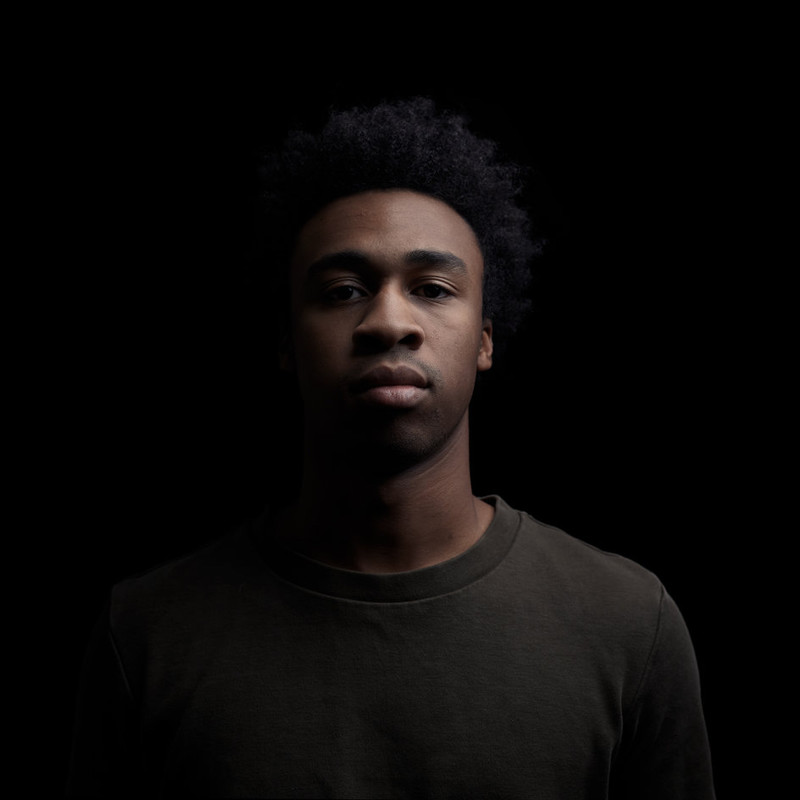 Julian Harper Julian Harper |
Z CAM E2C 4K Cinema Camera |
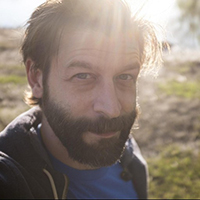 Lynn Green Lynn Green |
Nikon Z 24-70mm f/2.8 SThe Z system was never going to appeal to me until Nikon released a competitive workhorse lens. The Nikon Z 24-70mm f/2.8 S answered and proved the system worthy in my opinion. It isn’t the sharpest 24-70 around, but it’s sharper than Nikon 24-70mm f/2.8E ED AF-S VR, and blows it away in correcting for Chromatic Aberration. The programmable L.fn button was really useful. You can assign anything to it, but changing focus settings on the fly or enabling focus peaking for fine-tuning my manual focus without accessing the menu was a very welcome feature for me. I almost never have to take my eyes away from the EVF. In all, it’s one of the best zoom lenses I’ve used. Canon RF 50mm f/1.2LI’ve gotten used to my fast 50mm lenses being big. It’s my favorite focal length for its versatility, and while I might be in the minority here, the Canon EF 50mm f/1.2L was never my favorite. Don’t get me wrong, it made some really (really) beautiful sharp photos, but to me, it was a little unwieldy unless I was manual focusing, which I just don’t always have time for. I got such dead-on results from my Sigma Art 50 f/1.4 that I just didn’t bother with the extra half stop. Getting accuracy from such a shallow depth of field takes a bit of finesse and I wanted to feel confident in my focus, so 1.4 was enough when I went there, though I knew I was missing out on some of that L lens sharpness. Then came the Canon RF 50mm f/1.2L. This lens focuses fast and accurately even at 1.2. And the sharpness is something to be thrilled about. Let’s face it, mirrorless AF is just better, but this lens is special. Considering the efficacy of the RF system, using this lens sets the bar pretty high. |
 Joshua Richardson Joshua Richardson |
Blackmagic Pocket Cinema Camera 6K (EF)A few people will absolute love the additions made to the Blackmagic Pocket Cinema Camera 6K like the EF lens mount, Super35 image sensor, and 6K RAW capture. It’s built on top of the solid foundation cemented by the BMPCC4K and goes out of its way to minimize caveats in the process. If you need a very compact and incredibly affordable S35 video camera, you’d be shorting yourself to not at least try this one out, and if not, there’s still the Pocket 4K. Fuji GFX 100I was absolutely wowed when I brought images into my editor from the Fuji GFX 50s last year. The RAW files feel endless malleable and the colors that come out of the sensor are just stunning. Somehow Fuji doubled the resolution and maintained every positive aspect of the 50s. A stabilized sensor goes a long way to making that every pixel is razor-sharp, and even with the immense amount of data coming out of it, they were able to add useable video features that shouldn’t be overlooked. It’s was the camera that finally got me to sell my 5D Mark III, and that speaks volumes. |
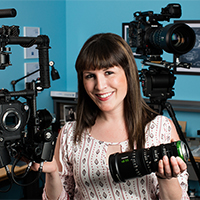 Ally Aycock Ally Aycock |
Easyrig Cinema Flex 500N Camera Support VestThese are two different support arms with an identical variant – a redesigned “flex” vest, which Easyrig tailored for female operators. Adapting a wearable support system is no simple or inexpensive task but Easyrig’s efforts go beyond the sentiment of inclusivity. The flex vest is highly adjustable for a near-perfect fit that properly and comfortably distributes the weight of handheld shots, regardless of curves. Ergonomics aside, this vest is more than just a new product, it is an overdue divergence from a “one size fits all” mentality that is all too prevalent among manufacturers of video equipment. DJI Mavic 2 ProDespite having Pro in the title, DJI technically considers the Mavic 2 Pro a consumer product. Fortunately, DJI has a tendency to make their consumer lines a good fit for hobbyists and entry-level professionals alike. As far as drones are concerned, the Mavic 2 Pro impressed me with both the image quality and overall performance upgrades when compared to the original Mavic Pro. Improved battery life provides an additional four minutes of flight time, auto-detecting optimal frequency technology increases distance for line-of-sight control to five miles, and an integrated Hasselblad camera featuring a 20MP, 4K, 1″-type sensor coupled with DJI’s own Log image processing means fewer compromises and better final footage, even from a consumer product. |
 Bryce Robbins Bryce Robbins |
Venus Optics Laowa 24mm Probe LensOne of the hottest oddball items I’ve seen in my time at Lensrentals.com. Ever wondered what the world looks like from a bug-eye perspective? Usual macro applications are typically reserved for longer focal lengths, so having the ability to shoot a minimum distance of 0.8″ at 24mm makes for a unique photography experience. Having the front LEDs on this macro lens makes it a highly capable for both amateurs to professional applications. Sony FE 600mm f/4 GM OSSSharper than a Samurai sword, and lighter than a pair of chopsticks, this Super-telephoto has been a delight to get to use this past year. Paired with the power of the Sony mirrorless AF system, this lens is a breeze to use and compared to older DSLR and super telephoto combos, this setup won’t leave your back as broken after a long day of shooting. Quasar Science Rainbow Q50R RGBXWhen choosing LED tube lights for our rental stock we went through a couple of different options, ultimately deciding the Quasar would fit our stock best, and I have not been disappointed. These things are built great and are plenty powerful with RGB, Tungsten, & Daylight Diodes to create the exact mood you want. RGB is the future and LED Tube lights aren’t going anywhere. |
Any of these surprise you? Any new products that were your favorites that you think deserve attention? Feel free to share your thoughts in the comments below.
Author: Lensrentals
Articles written by the entire editorial and technical staff at LensRentals.com. These articles are for when there is more than one author for the entire post, and are written as a community effort.
-
Joshua Richardson
-
Lynn Green
-
glennck
-
Ryan Hill
-
Ben Langlotz ?????
-
Alec Kinnear
-
decentrist
-
Baconator
-
Ben Langlotz ?????
-
Joey Miller
-
etudiant
